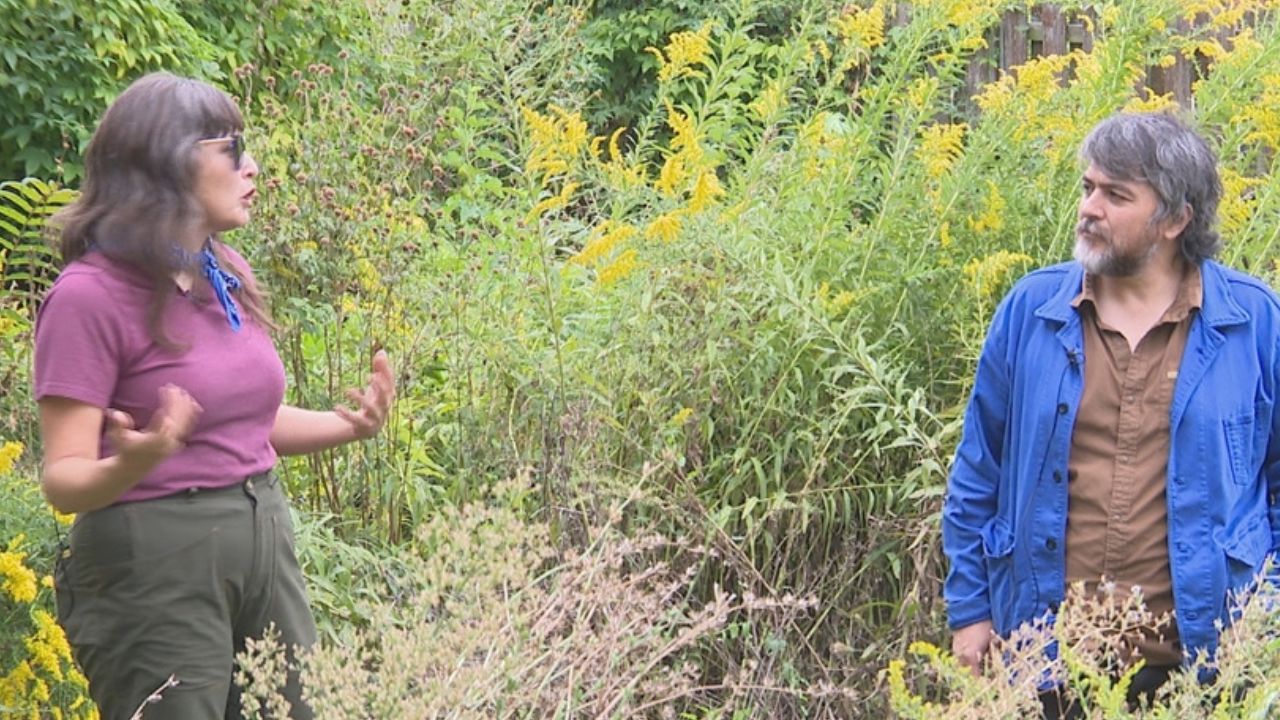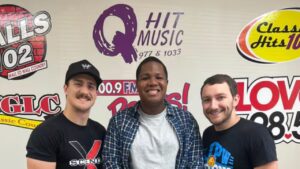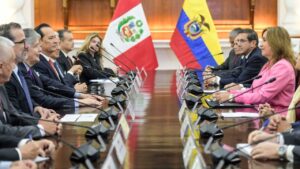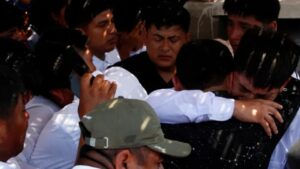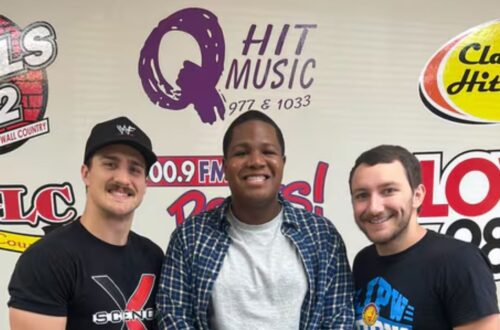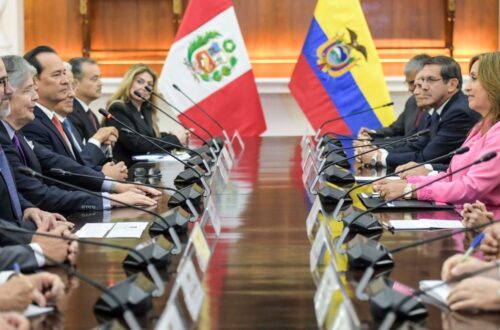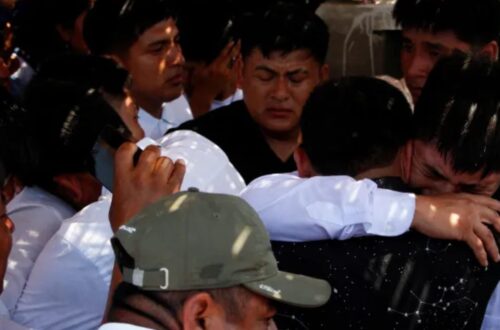Juan William Chávez is not just an artist. He is also an activist, educator, and beekeeper who believes that art can connect people to nature and culture.
Living in St. Louis, he has built a special place where plants, creativity, and heritage all grow together. His work has become a true symbol of how culture and ecology can build stronger communities.
The Start of the Northside Workshop
Juan William Chávez: On a cool fall afternoon, Chávez welcomed visitors to the Northside Workshop, a space he co-founded with his partner, Kiersten Torrez, more than 13 years ago. Located on St. Louis Avenue, this place is not only a garden but also a hub for art and education.
“The mission of the Northside Workshop is to combine art and ecology,” Chávez explained. “We do this by supporting native bees and native plants.”
The garden is designed to inspire curiosity and allow people to explore at their own pace. It is also a place where neighbors, friends, and artists can come together to share ideas and express themselves.
Heritage Shaping Creativity
Chávez’s work is deeply rooted in his Peruvian heritage. His father is from Peru, while his mother is from St. Louis. When they first married, the family lived in Peru, and both Chávez and his sister were born there.
They later returned to the United States when he was just one year old, but the Peruvian influence never left his life.
As a child, he spent hours in his basement, which he called his first studio. It was filled with artifacts, pottery, and tapestries from Peru. “It was like my own museum,” he recalled.
“I would touch the fabrics, copy the illustrations, and explore the textures of the ceramics. That’s how my passion for art started.”
Growing Plants, Growing Identity
Today, Chávez keeps his culture alive through the garden. Many of the plants grown at the Northside Workshop represent family members or ancestral traditions.
He has planted crops such as potatoes and quinoa, which are staples in Peruvian cuisine and history.
He explained, “It’s a way to connect with my heritage. Growing these plants makes me feel closer to my culture.”
By encouraging other artists and visitors to bring plants that are meaningful to them, the garden becomes a shared space of stories and traditions.
Key Highlights of Chávez’s Work
| Focus Area | Description |
|---|---|
| Art & Ecology | Blends creative expression with gardening and native plants. |
| Cultural Heritage | Grows Peruvian crops like potatoes and quinoa. |
| Community Building | Involves neighbors and artists in cultural and ecological work |
| Education | Uses the garden to teach about heritage and the environment. |
A Calling Beyond Art
For Chávez, this work is not just about making art. It is about fulfilling a vocation. “It means everything,” he said. “This work is about community, about the environment. It is my calling.”
The Northside Workshop is not just a garden; it is a living classroom and a cultural hub where people connect with both nature and one another.
Looking Ahead
Chávez’s impact is spreading beyond his garden. Visitors can schedule tours to explore the Northside Workshop and learn from his vision.
In addition, he will soon take on the role of artist in residence at Laumeier Sculpture Park, where his ideas will reach an even larger audience.
Juan William Chávez’s journey shows how powerful the mix of art, culture, and ecology can be. By combining his Peruvian roots with his St. Louis community, he has created more than just a garden.
He has built a place for learning, sharing, and celebrating heritage. His story proves that art is not limited to museums—it can live in the soil, the plants, and the bonds people create when they come together.

